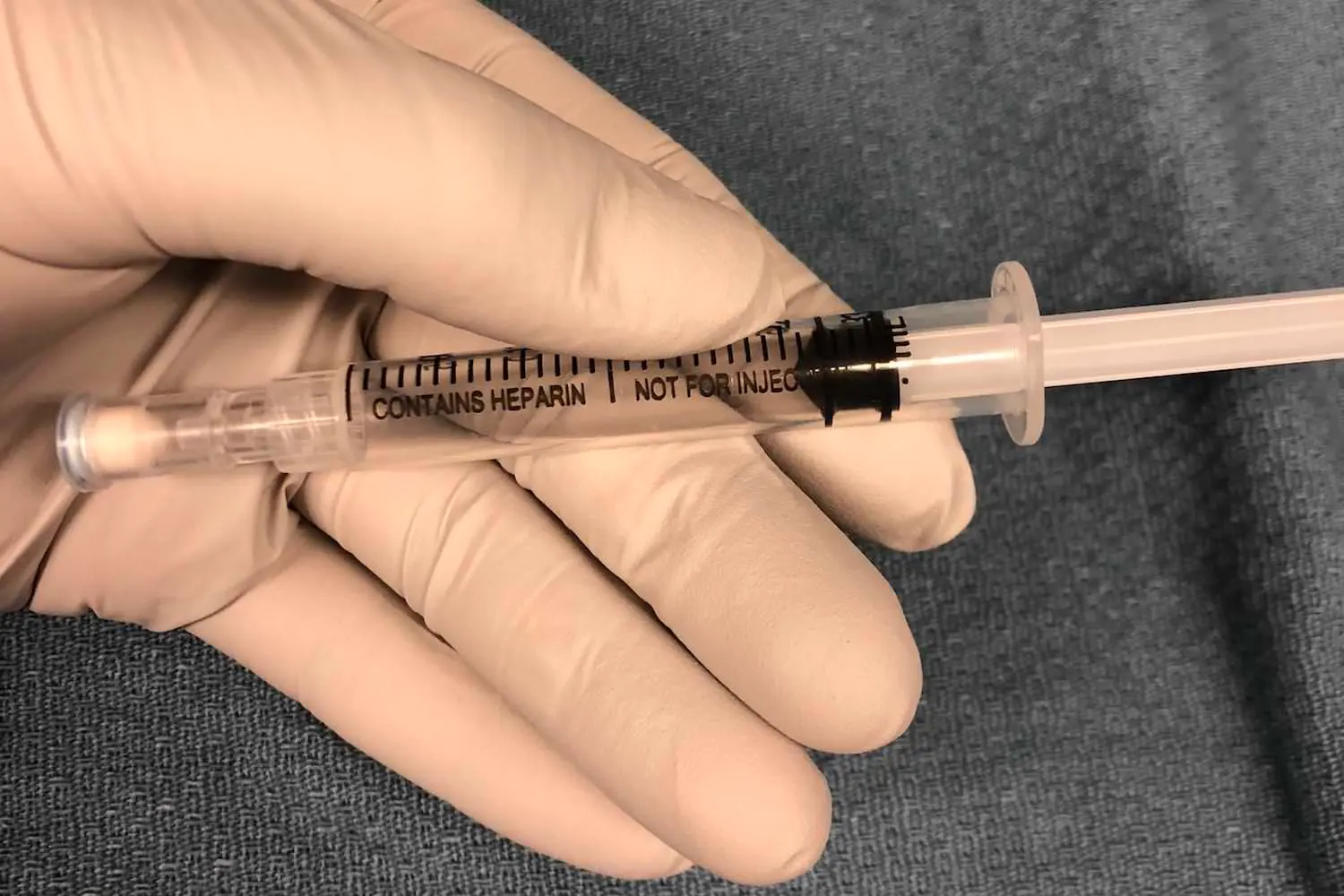Arterial and venous blood gases (ABGs and VBGs, respectively) are routinely done in acute care settings to ascertain acid-base status, gas exchange, oxygen consumption, and electrolyte levels. In the OR and ICU settings, most of my patients have arterial lines from which ABGs can be drawn and interpreted. However, once these lines are removed, can VBGs still be helpful?
First and foremost, one must understand the path of blood flow and consider some basic physiology. For example, venous blood taken from the internal jugular vein via a central line will likely have a much lower oxygen content since this blood is drained from an organ that consumes plenty of oxygen – the brain – and therefore not be representative of the whole body. A peripheral VBG might be influenced by the application of a tourniquet (data is controversial on this topic regarding change/no change in pH, pCO2, pO2, etc.)
Let’s keep this simple – arterial blood delivers oxygen to tissues, and venous blood carries back (less) O2 along with CO2 and metabolic wastes (ie, lactate). Therefore, VBGs reflect all the garbage. If the venous end looks good, I’m more confident the arterial end does too. For example, if a venous pH is 7.33 (with contributions from the carbon dioxide and metabolic washout leaving the organs), I can expect my arterial pH to be “normal.” If my venous pCO2 is 47 mmHg and lactate my arterial PCO2 is probably less than that and therefore “normal.” I say normal in quotes because there can undoubtedly be exceptions like cyanide toxicity can result in a falsely reassuring normal venous pO2.
Many studies have tried determining the mean difference (MD) between ABGs and VBGs. A 2014 British systematic review pooling data from ~100 studies showed that pH agrees reasonably at all values (best agreement at normal values, the VBG pH is ~ 0.03 units less than the ABG pH). Still, abnormal CO2 and lactate levels didn’t agree between ABGs and VBGs. However, the authors did note that a normal venous lactate likely meant the arterial lactate was normal and that a normal venous pCO2 could exclude hypercarbic respiratory disease.
In short, when I look at a VBG in a patient who isn’t critically ill, I assume the arterial pH is 0.03 units higher, the pO2 is higher, and the pCO2 is lower. If a VBG looks normal, the ABG should be fine. If the VBG is abnormal, I need more information.
Drop me a comment with your thoughts on VBGs!
Bloom BM, Grundlingh J, Bestwick JP, Harris T. The role of venous blood gas in the emergency department: a systematic review and meta-analysis. Eur J Emerg Med. 2014;21(2):81–88. doi:10.1097/MEJ.0b013e32836437cf






